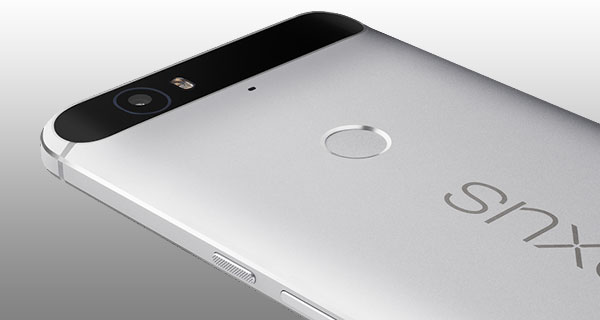The reviews are out for Google’s Nexus 6P and 5X, unveiled late last month, and they can be summed up in two words: Love them!
They’re described as “the best Nexus devices ever produced” and “Google’s answer to Apple’s iPhones,” but those tired phrases are rolled out with every new Nexus or flagship Android smartphone, so what else is new?
The camera, for one. The phones’ cameras apparently are a big improvement over previous Nexus cameras.
Speed and the improved security offered by the fingerprint sensor are other plus points.
Google and its partners — Huawei for the 6P and LG for the 5X — finally have nailed the camera and battery life — two of the features that traditionally have been weak in Nexus devices, wrote Ron Amadeo for Ars Technica.
Google got the fingerprint sensor design right, according to Drew Olanoff, who reviewed the 6P for TechCrunch. The sensor is on the back of the devices.
However, the new devices lack expandable storage and don’t support Qualcomm Quick Charging or wireless charging.
Also, they have a USB Type C port, which is pretty new and would require users to purchase new cables.
That said, “Nexus is supposed to be a technology-leading line, and moving to Type-C is consistent with its positioning,” suggested Rob Enderle, principal analyst at the Enderle Group.
No Storage, No Problem
Although many smartphones on the market have additional storage in the form of memory cards, The Nexus 6P and 5X don’t — but that isn’t a problem, said Ramon Llamas, a research manager at IDC.
“The volume of data people are storing these days is phenomenal, and people want to access their data regardless of which device they’re on,” he told LinuxInsider. “Wouldn’t you rather get that from the cloud than from swapping a card from one device to the next?
Not having a card “frees up that very valuable space on the smartphone,” Llamas added.
The lack of support for Qualcomm’s Quick Charge and wireless charging is not an issue because “they haven’t really taken off,” he said. “There’s no Android-based mandate for wireless charging.”
Further, several standards are competing with Qualcomm in the market for quick charging, and that’s holding back its adoption.
Google’s Plans for Nexus
The Nexus phones “highlight what Google thinks is important in a phone,” Enderle told LinuxInsider. They serve as “a warning to companies that license from Google that it will seize the market with its own offering if they provide substandard solutions or don’t keep up.”
Nexus sales declined, dragging down its revenues, Google said in its fiscal Q1 earnings call in April.
They’re not likely to improve, because the Nexus line uses “pure unadulterated Android, and a lot of people don’t understand or appreciate what that means,” suggested Llamas. Nexus devices “appeal to a limited, select portion of the Android market.”
Google doesn’t market the Nexus line, and “for now, particularly given how good LG’s and Samsung’s offerings are, and the fact that these firms actually do demand-generation for them, Nexus sales will continue to be slow,” Enderle predicted, “unless Google both ups its game a bit and invests in demand generation.”






















































